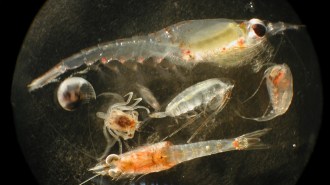Decades of dumping acid suggest acid rain may make trees thirstier
Acidified soil loses calcium, which helps plants retain water
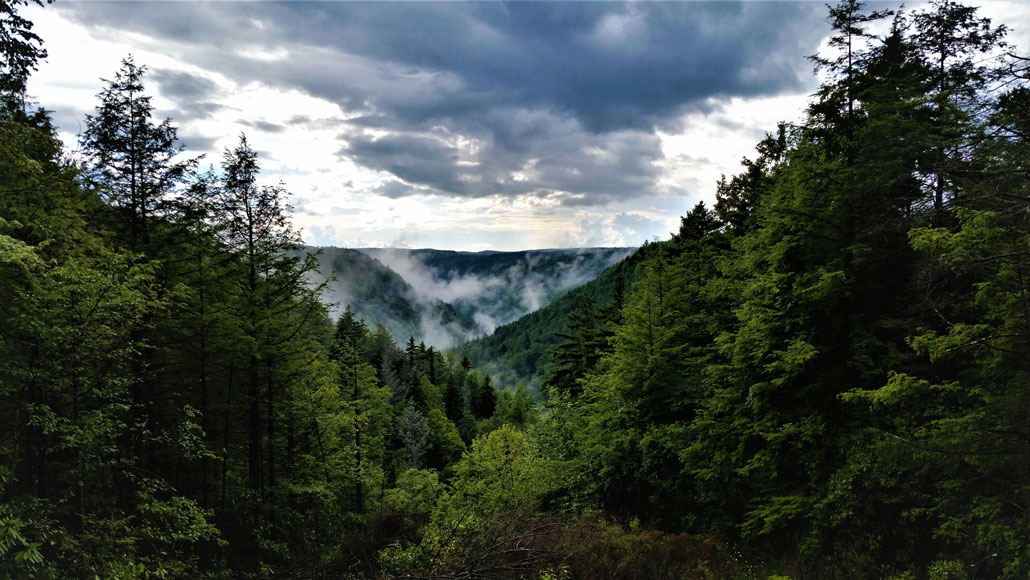
DROPPING ACID The U.S. Forest Service has been dousing the Fernow Experimental Forest (shown) near Parsons, W.Va., with acidifying chemicals since 1989 to simulate acid rain. The results suggest acidification may make trees thirstier.
M. Lanning
- More than 2 years ago
A forest watered by acid rain may be less able to slake its thirst.
That’s one finding from a decades-long experiment in the Appalachian Mountains, where the U.S. Forest Service since 1989 has been dousing a 34-hectare patch of forest with an acidifying ammonium sulfate fertilizer three times a year. The chemical served as a proxy for acid rain, which is created when sulfur and nitrogen containing compounds released by industrial activities, agriculture and the burning of fossil fuels acidify raindrops.
In most of the years from 1989 to 2012, the acidified forest soaked up around 5 percent more water than a neighboring, 39-hectare untreated area — and up to 10 percent more in two of the years, researchers report July 31 in Science Advances. Levels of calcium, a nutrient plants need to retain water, in the water that permeates the soil of the acidified forest also declined over the study period, which could explain the forest’s water guzzling.
“We didn’t expect that plants actually will respond so strongly to acidification,” says ecohydrologist Lixin Wang of Indiana University-Purdue University Indianapolis. That may be cause for concern, he says: Thirstier plants could contribute to droughts or leave less water available for people and other animals.
Scientists have previously looked at acid rain’s effects on trees and small plots, but tests of acidification on an entire watershed are rare. The team, which included a Forest Service scientist, used the agency’s data to calculate the forest’s water uptake by subtracting how much flowed out of the forest in streams from how much water fell as precipitation. The trends in water use were also reflected in soil moisture data collected during the study.
Growing thirst
A forest receiving a mock acid rain treatment tended to use more water than a similar untreated forest during an experiment that ran from 1989 to 2012. The first two years’ of data after acidification were not included with the treatment period because the soil may not have been fully acidified. And researchers discounted data from 2004 because plant growth in the control forest was unusually high that year, likely changing its water use in a way not mirrored in the treated area.
Increased acidification affects a forest’s water intake
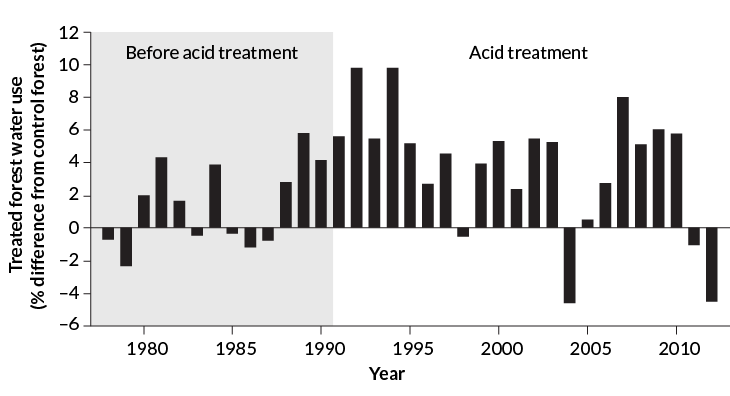
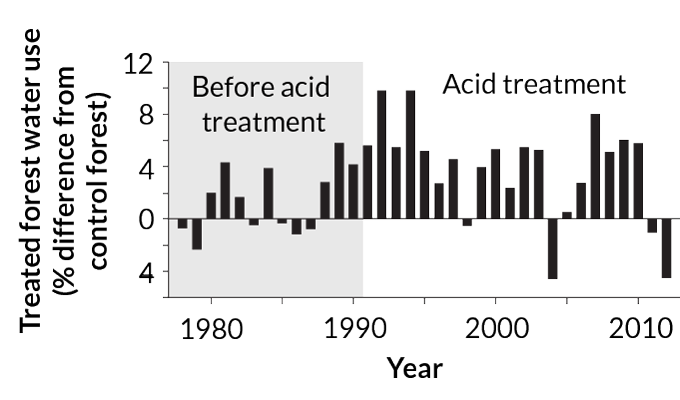
It’s not clear if other types of forest, with different trees or types of soil, would show the same results. Fernow Experimental Forest near Parsons, W. Va., where the study was conducted, grows from a silty loam of sandstone and shale and is packed with deciduous trees: cherry, maple, oak and others.
Still, “this is not a small [amount] of water we’re talking about,” says Matthew Lanning, an ecohydrologist in Wang’s lab. It adds up to around extra 13.6 million liters of water per year on average used by the treated watershed, Lanning says.
The observations make sense, given what we know about soil chemistry and tree biology, says Salli Dymond, a forest hydrologist at University of Minnesota Duluth who was not part of the work.
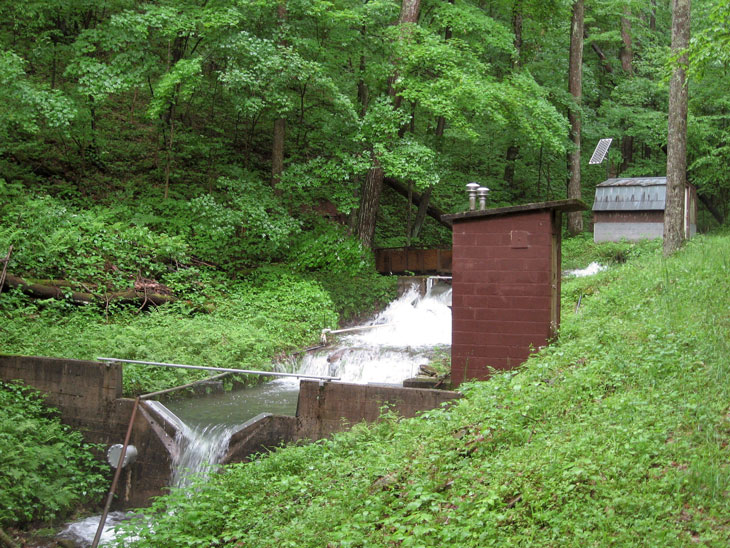
The acid in acid ran can dissolve minerals in soil and deplete its calcium. Previous research has shown that calcium regulates the opening and closing of guard cells around the stomata, pores through which plants release water. Without enough calcium, plants can’t control this water loss as well.
“Would we have ever expected that emissions from coal-fired power plants would impact, essentially, how much water a tree uses?” Dymond asks. “These ecosystems are so complicated and responsive to everything from nutrients to water, that any kind of decision we make about what we’re putting into our environment matters in ways that we might not know.”
Still, how the scientists calculated the trees’ water use gives Dymond some pause. “They’re very simple calculations,” she says, “and this simplicity could mask a piece of the story.” For instance, the 5 percent increase in water use with acidification may be within the natural range of variation.
Soils are typically slow to recover calcium they’ve lost, so the study may also point to legacy effects of acid rain that we didn’t already know about, says Charles Driscoll, a biogeochemist at Syracuse University in New York who was not involved in the study.







